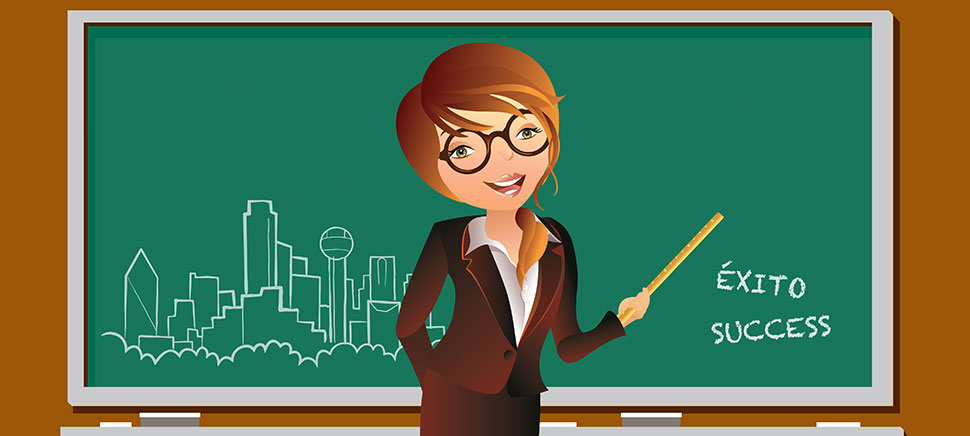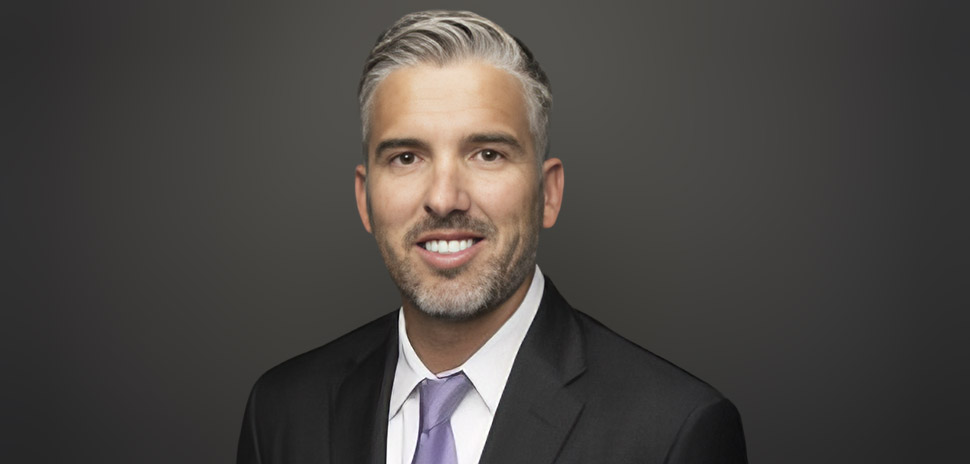What if I told you that one of the largest challenges to Dallas’ future success can only be solved by children speaking English as a second language? And what if I told you that the key to unlocking the potential of these children lies in innovation?
Hear me out.
If you haven’t noticed lately, people are moving to Dallas. Our city is packed to the brim with individuals from all across the globe who ventured to Dallas looking for opportunity. Count me as one of those implants. I moved here in 2009 to teach in our school system and quickly caught the Dallas bug.
The year 2009 is particularly important as it relates to Dallas migration patterns. Since then, Dallas Independent School District has seen a seismic increase in one particular group migrating to our city: children speaking a foreign language. Over the course of the past six years, we have seen our total percentage of English Language Learners (ELL) grow to 42 percent of all children in Dallas ISD. That’s approximately 60,000 children, a number large enough to constitute its own school district. On top of that, many of these children are currently impoverished.
Here is where the problem begins to percolate; there are approximately 10,000 teachers in Dallas ISD, a majority of whom are not adequately equipped or supported to educate our ELL students and assist them in breaking the vicious cycle of poverty. Why? Because teachers don’t speak these students’ language. They also are not properly trained on how to best assist them in their transition from native language to English thereby preparing them for life in their new country. What is even more shocking is the lack of bilingual teachers ready to fill these roles. Each year Dallas ISD posts numerous bilingual teacher vacancies in the district. For each vacancy, there is a room full of children with potential not being met, and dreams vanishing.
The Ana G. Mendez University is unique in that it is the first in Texas to identify a talent pool that has yet to be tapped and provide them with an opportunity to address challenges such as the aforementioned ELL teacher shortage.
Over the years, Dallas ISD has gone to the lengths of spending millions to recruit teachers from as far away as Spain, Puerto Rico, and Mexico. The district spends $4,000 a year alone on stipends just to incentivize bilingual educators to come and stay in our district. And even though the district spends this money with good intentions, there is no way to ensure that these teachers remain in our school system, primarily because they are such a hot commodity. You see, the bilingual conundrum Dallas faces is not just unique to Big D, it is a national issue.
The growth of the ELL student population and the lack of a sustainable teacher pipeline to educate these students presents a problem of existential proportions. Will we be able to adequately educate the future of our city?
The answer is yes. This is where the innovative spirit of Dallas plays a role.
The first step to addressing this problem came with the introduction of a new university to town, Ana G. Mendez University. The University, founded in Puerto Rico as a dual-language program aimed at delivering instruction both in Spanish and English, provides Spanish speakers with an opportunity to take accelerated classes in pursuit of bachelor’s and advanced degrees. This University is unique in that it is the first in Texas to identify a talent pool that has yet to be tapped and provide them with an opportunity to address challenges such as the aforementioned ELL teacher shortage. And what’s even better is that this talent pipeline is in our own backyard thanks to the heavy recruitment of the University to Dallas by area leaders.
In sum, if we are serious about solving the most systemic problems our city faces, then at some point, we must actually face them.
Though Ana G. Mendez is a start, it is nowhere close to the complete answer to our problem. The only holistic solution comes in the form of a simple proposal: what if we cultivated our own ELL youth to become our future bilingual educators?
Here is how it would work. The introduction of House Bill 5 two legislative sessions ago ushered in a process in which eighth grade students must choose a career path that dictates the rest of their school experience. What if in eighth grade, ELL students were presented with a choice of following a clear, accelerated path to becoming a bilingual educator subsidized by the school district that started with early college in a Dallas ISD high school offered by the Dallas Community College District, continued coursework at a four-year university, followed by a four-year commitment of service as a bilingual instructor in Dallas ISD, and the ultimate fulfillment of their American dream? This “grow your own” strategy is not uncommon, though it is rare. School districts in Florida and Oregon are currently testing the approach.
In sum, if we are serious about solving the most systemic problems our city faces, then at some point, we must actually face them. President John F. Kennedy once said, “Change is the law of life. And those who look only to the past or present are certain to miss the future.” Dallas, we are changing. We must continue to tap into our innovative spirit to address the challenges of the future ahead. Growing our own bilingual educators is the clear next step.
Dallas Innovates offers a wide range of views from regular contributors. Their opinions are their own.
For a daily dose of what’s new, now, and next in Dallas-Fort Worth innovation, subscribe to our Dallas Innovates e-newsletter.
































